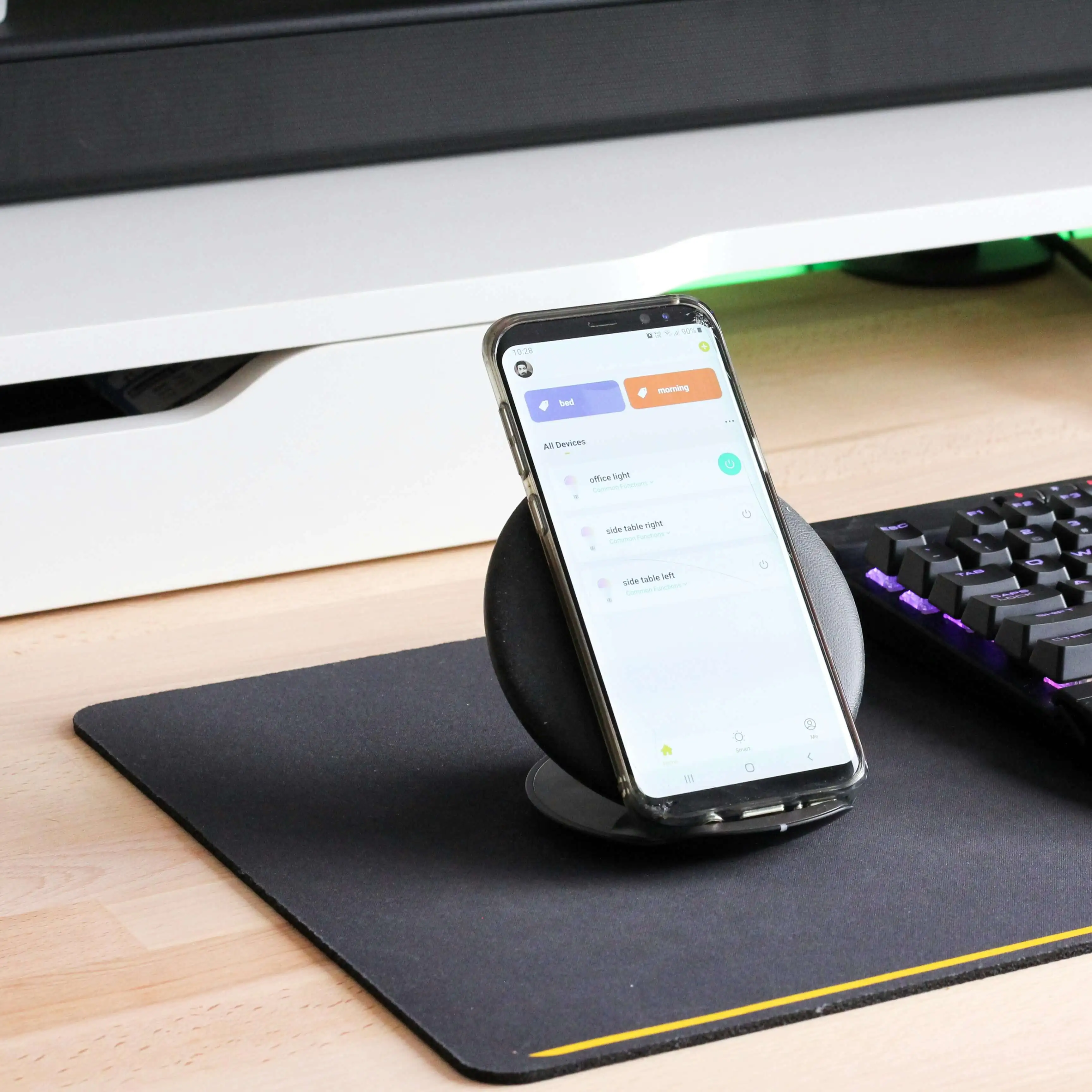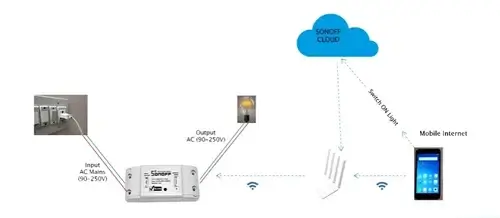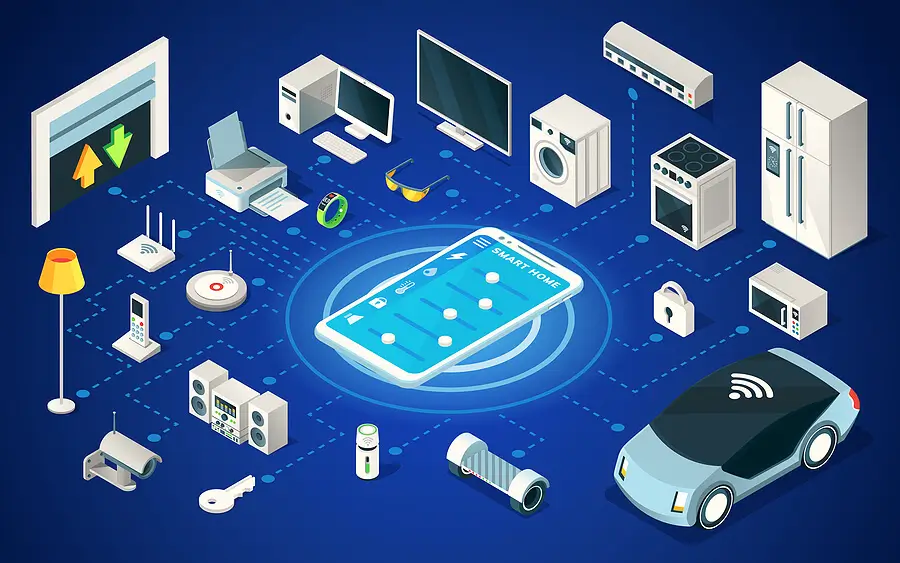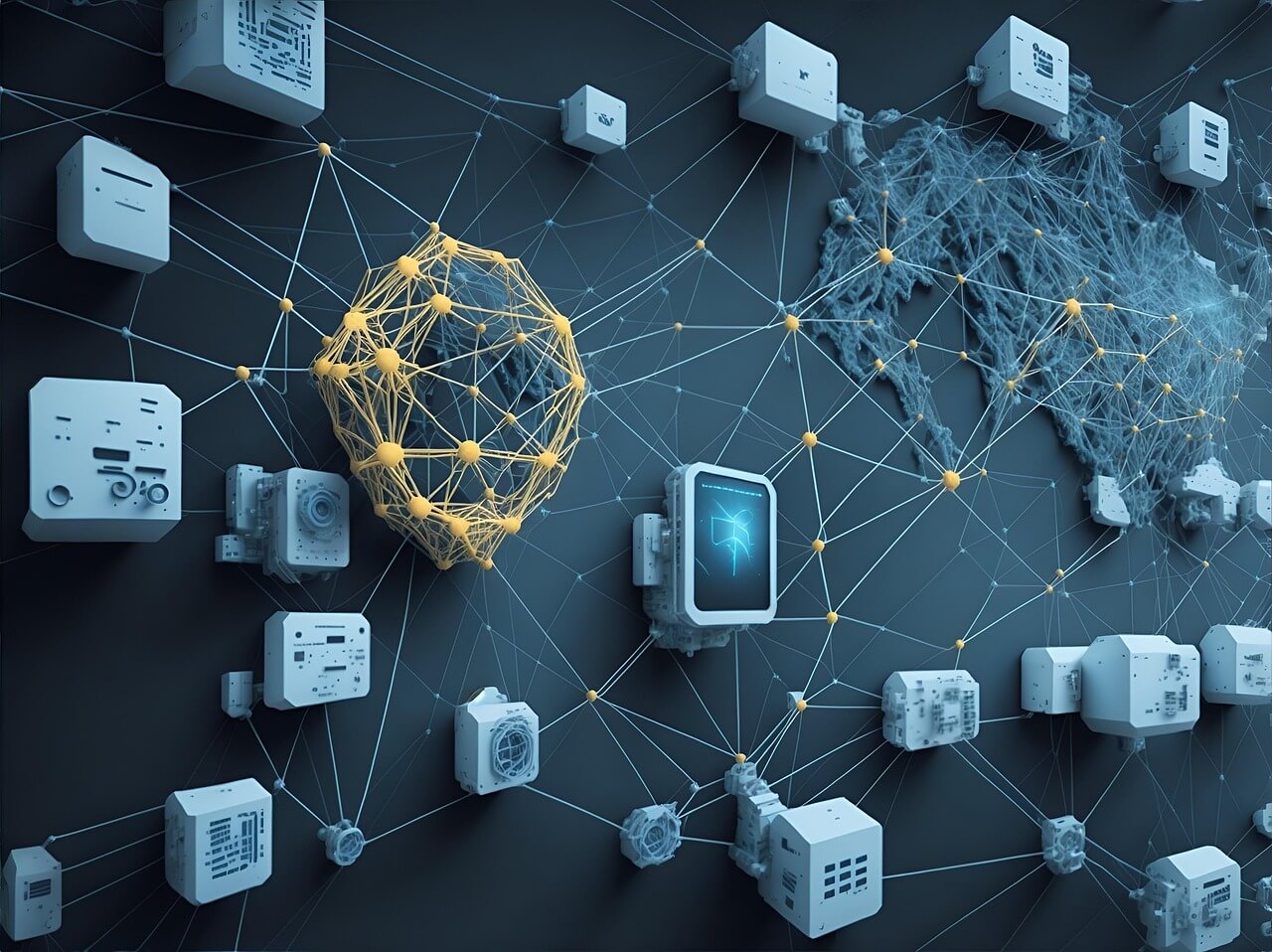The Internet of Things (IoT) is transforming the way we live, work, and interact with our surroundings. From smart refrigerators that remind you when you’re out of milk to entire cities managing traffic through connected sensors, IoT is becoming a core part of our digital lives. But what exactly is IoT, and why should you care? This beginner’s guide breaks it down in simple terms.
1. What Does IoT Mean?
IoT (Internet of Things) refers to the network of physical objects—“things”—embedded with sensors, software, and other technologies to connect and exchange data with other devices and systems over the internet.
In simple words, IoT enables everyday objects to collect data and talk to each other, to systems, and to you.
These "things" can include:
- Smartwatches
- Smart thermostats
- Vehicles
- Industrial machines
- Home appliances
- Street lights
- Medical devices
- And much more.
2. A Real-Life Example of IoT
Imagine you have a smart thermostat at home. It connects to Wi-Fi and learns your habits. It knows when you wake up, when you leave for work, and adjusts the temperature accordingly. You can even control it remotely via a mobile app. This is a classic example of IoT—where a device gathers data, makes decisions, and improves user experience without manual input.
3. A Brief History of IoT
- 1990: John Romkey created a toaster that could be turned on and off via the Internet.
- 1999: The term "Internet of Things" was coined by Kevin Ashton during his work at Procter & Gamble.
- 2010s: IoT became mainstream with the rise of cloud computing, smartphones, and cheaper sensors.
- 2020s and beyond: IoT is now part of smart homes, smart cities, healthcare, manufacturing, agriculture, and more.
4. How Does IoT Work?
At its core, an IoT system works in four steps:
- Sensors/Devices: These collect data from their environment (e.g., temperature, motion, GPS location).
- Connectivity: The data is sent to the cloud via Wi-Fi, Bluetooth, cellular networks, or other protocols.
- Data Processing: Software processes the data and may decide to take action (like adjusting a fan speed).
- User Interface: The user can check data or control devices via apps or web dashboards.
5. Components of IoT
To understand how IoT functions, let’s look at the basic components involved:
- Hardware (Sensors, Devices): These are responsible for data collection.
- Network (Wi-Fi, 5G, Bluetooth): Helps in data transmission.
- Cloud or Edge Servers: Stores and analyzes the data.
- Applications (Mobile/Web): For user interaction and remote control.
6. Applications of IoT
IoT is already being used in many sectors:
a) Smart Homes
- Smart lighting
- Smart locks
- Voice assistants like Alexa, Google Assistant
b) Healthcare
- Wearables tracking heart rate or glucose
- Remote patient monitoring
c) Industrial IoT (IIoT)
- Predictive maintenance of machinery
- Real-time production monitoring
d) Smart Cities
- Intelligent traffic management
- Waste management systems
e) Agriculture
- Soil moisture sensors
- Automated irrigation systems
7. Benefits of IoT
- Efficiency: Automates tasks and reduces human intervention.
- Cost savings: Helps prevent equipment failures or manage energy usage.
- Convenience: Remote control and automation make life easier.
- Data insights: Provides real-time information for better decisions.
8. Challenges in IoT
- Security Risks: More devices mean more potential vulnerabilities.
- Data Privacy: Huge amounts of personal data are being collected.
- Compatibility Issues: Different devices and platforms might not work well together.
- Infrastructure Requirements: Need for strong internet connectivity and power supply.
9. The Future of IoT
By 2030, there could be over 25 billion connected devices globally. IoT is expected to evolve in areas like:
- AI + IoT (AIoT): Intelligent decision-making at the device level.
- 5G Networks: Faster, more reliable connectivity for IoT.
- Smart Infrastructure: Roads, bridges, and buildings that monitor themselves.
- IoT in Space: Satellites using IoT to monitor Earth’s climate, weather, and resources.
10. Should You Learn IoT?
Absolutely. Whether you're a student, tech enthusiast, or business owner, understanding IoT can help you:
- Stay ahead in your career
- Build innovative projects or startups
- Make informed decisions about the technologies you use
- Explore high-demand domains like smart cities, health tech, and industrial automation
You can start with simple DIY projects using Arduino or Raspberry Pi, take online courses, or explore cloud platforms like AWS IoT or Azure IoT Hub.
Conclusion
IoT is not just a buzzword—it’s the foundation of a smarter, more connected future. From saving energy in your home to optimizing global supply chains, the Internet of Things is already changing the world around us.
As a beginner, understanding IoT today can help you unlock endless opportunities tomorrow. The journey starts with curiosity, and now you have a solid base to dive deeper into this fascinating world.




